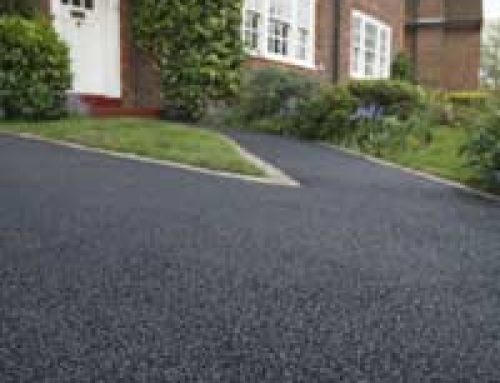
Ever since the 1930s, the policy of ‘green belt’ – rural, green land that has been designated as protected from outside development – has been preventing urban sprawl from encroaching into the countryside and protecting the environment. But just as bringing in planning and development legislation to protect green belt land was a long and controversial process back then, so too has the ongoing battle between developers and environmentalists over these green belt areas.
Where Is The Green Belt?
Despite the headline stories of green belt land being rescinded by the hectare every day, there is still more green belt land in the UK that you might realise. Latest estimates suggest that 13% of land in England is part of one of 14 green belt areas, including the Metropolitan green belt around London, Merseyside and Greater Manchester, Yorkshire, the West Midlands and Tyne and Wear. Scotland has seven green belts and Wales has one green belt, between Cardiff and Newport. Northern Ireland has a massive 30 separate areas of green belt land.
How Is Green Belt Land Protected?
There are specific planning and development policies in place to protect green belt land, keeping it for sustainable and green uses and making it difficult for the land to be used counterproductively. If a developer wishes to build or use a piece of green belt land, they need to prove to the local authority that the development has special circumstances where the advantages of building it outweigh the continued protection of the land.
Why Is Green Belt Land Under Threat?
In a word: space. As the UK population continues to rise, the demand for land and housing increases too. Green belt land, as yet undeveloped and often surrounding built-up and in demand areas, is prime development fodder. Developers and house builders argue that some green belt areas are historical legacies rather than areas of special interest or rural, environmental value and should be given up for more practical use. Following the government’s ambitious plans to build three million new homes by 2020, in order to solve the country’s housing shortage, it has been suggested that two million of those homes would need to be built on green belt land.
Green Belt Land: The Supporters
Many environmentalists support the continued protection of the green belt. According to the Campaign to Protect Rural England (CPRE), over 1,100 hectares of green belt have been lost every year since 1997, and over 45,000 homes have been built on green belt land – the size of the City of Bath – since 1997.
According to Paul Miner, a senior planning campaigner for CPRE:
”I am sure that Ministers genuinely want to safeguard our green belt for future generations. But in reality the green belt is being seriously eroded. Too much development has already been permitted, and some Government Inspectors appear to be interpreting green belt policy in their own way. This is making a mockery of the permanence which green belts are supposed to have.”
The Future Of The Green Belt
So far, the planning and development restrictions of the green belt remain in tact, and the government has not called for analysis or any great rethink of the green belt, despite calls from developers and others. But the land and environment still remains under threat, and a weakening housing market means extra pressure from house builders is expected. That means that the countryside, wildlife and plant life that thrive freely in these areas are constantly at risk.
However the level of support for protecting the green belt is ever strong, demonstrated by the sheer number of protests that take place at a local level in order to protect it – recent protests in Surrey and Oxfordshire very much keep the environmental ethos of green belt land alive and collective pressure from members of the public has successfully blocked plans to encroach upon it.





Leave A Comment